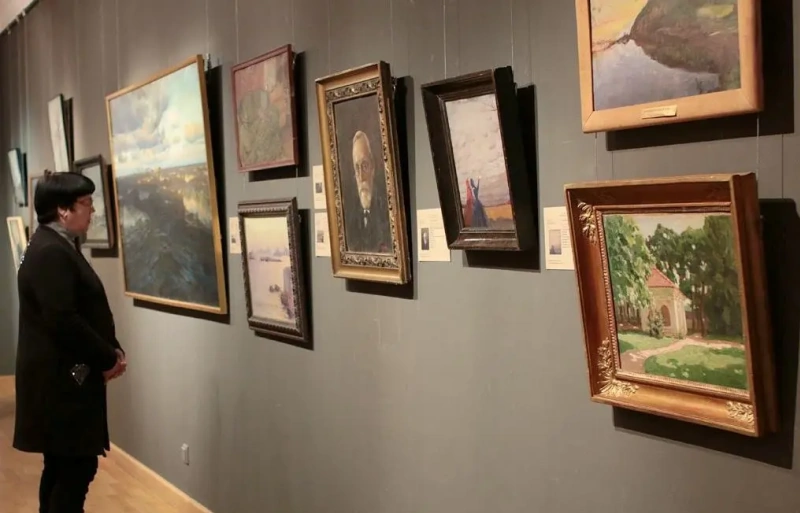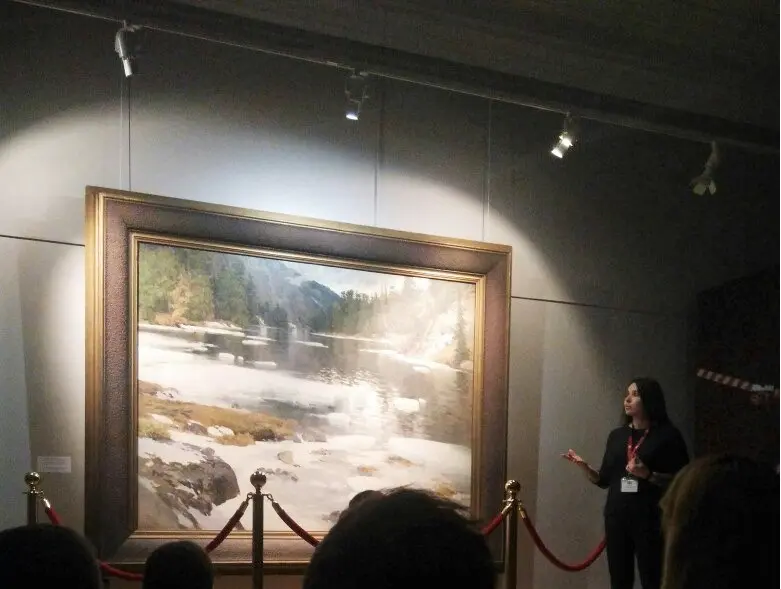Born in Altai, the artist (the student of I. I. Shishkin), and the figure of the Altai national liberation movement Grigory Ivanovich Gurkin of Teleut kind of Choros. Among the best of his paintings – "Khan Altay", "Katun spring" (lost), "the Lake of mountain spirits". In 1917 he was elected Chairman of the Altai mountain Duma, the organ of the national government of the Altai peoples (later called the Karakorum-Altai district people's Council). In 1918 he was arrested by Kolchak "separatism", from 1920 to 1925 he was in exile in Mongolia and Tuva. In 1931 he founded oyrot-Turin's art school. Repressed, shot on 12 October 1937.
Alias - Choros-Górka.
He was born on 12 (24) January 1870 in the village of Ulala (now Gorno-Altaisk), the son of the craftsman-saddle-maker from the ancient kind "Choros" (later the name of the genus, added to the name, was his artistic name). From 1878 he studied at the school of the Altai spiritual mission, then about 15 years worked as a painter in Ulala, and then in Biisk. The first attempt of its receipt by the St. Petersburg Academy of arts (1897) failed, but he got the opportunity to engage in the Studio of I. I. Shishkin, and in 1899 was admitted to the Academy as a volunteer. In 1905, he returned home. The first solo exhibition in Tomsk (1907) brought him fame as the first landscape of Siberia. He lived mostly in his home-Studio in the village of ARS on the Katun river, often travelling through the Altai and bumping in different Siberian cities for exhibitions.
In his works combined the tradition of epic Shishkin landscape with the spirit of modernity. Wrote the mountain and forest species native to the region, full of majestic pristine nature (Han-Altay, 1907, Art Museum, Tomsk; Korona katuni, 1910, ibid.; the Lake of mountain spirits, 1910, Art gallery, Krasnoyarsk). Often depicted relics of pagan antiquity, constituting an organic relationship with the landscape (the tomb of the shaman, 1900-ies; the Altar, 1909; both are in the Republican regional Museum, Gorno-Altaisk). He published poems in prose (the Altai and Katun, printed as a Preface to the catalogue of the exhibition Tomsk 1915; etc.) and ethnographic essays in the newspaper "Altai", "the Life of Altai" and "Siberian life".
In 1917-1919 he headed Mountain the Duma, tried to establish local government and to ensure that national equality Altai. Fleeing from arrest, has left for limits of Russia in 1919-1925 lived in Mongolia and Tuva. Returning, actively involved in local cultural life, becoming a member of society "New Siberia" (from 1926) and in the same year, taking part in two all-Union exhibitions in Moscow, including in the 8-th exhibition AHRR. He taught at the art school in Ulala (oyrot-Tura), illustrated the first book, including books published in the Altai (oyrotskih) language, continued to work productively as a painter. However, during the "great terror" Gurkin remembered his "bourgeois nationalism", October 11, 1937, the wizard was executed as an "enemy of the people". He was posthumously rehabilitated (1956). The most complete collection of his works are kept in the national Museum named after A. V. Anokhin (Gorno-Altaisk).
-
Artworks liked by1 user
- Artworks in 1 selection
Exhibitions
All exhibitions of the artist

Feed
Russian painting of the 18th - early 20th centuriesexhibition finished








